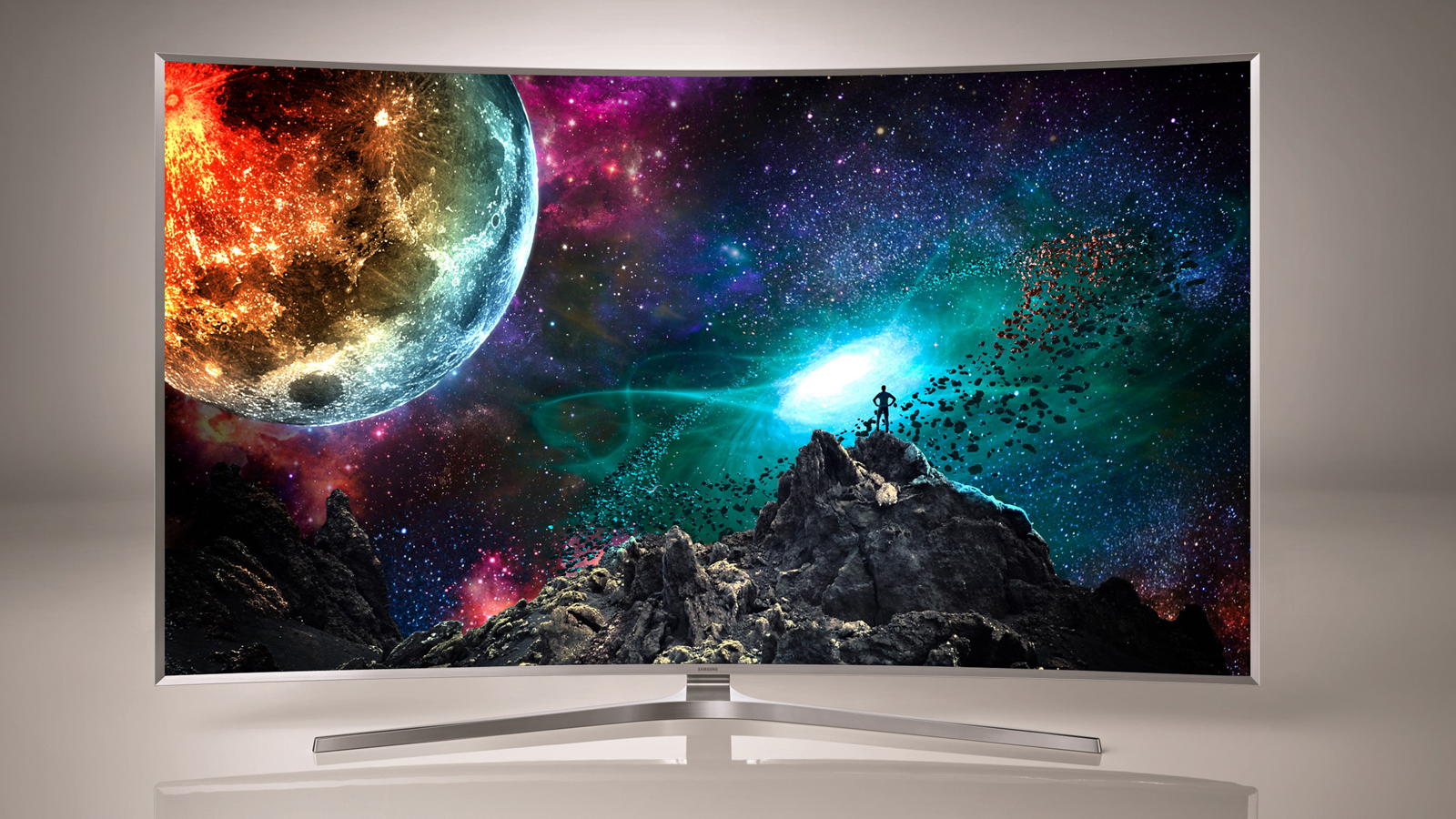
The world of AV has had a serious upgrade over the past eighteen months, but just how big an impact will it have on your home entertainment habits? Is the time finally right to upgrade to Ultra HD? Is 3D audio the next big thing in your home cinema? Or should you save your cash for beer and skittles?
Time to weigh up the promise and potential of the latest home entertainment advances…
4K Ultra HD
You know the drill: 4K TV screens offer four times the pixel density of Full HD - and 3840 x 2160 pixels translate a lot more image detail when the source is up to it.
When 4K screens first launched, they cost a princely sum, and many argued the perceivable benefits. Today, these panels are mainstream fare. Indeed, you'll struggle to buy a new set larger than 50-inches which isn't UHD. This resolution revolution has even reached small screens – but do you really need a 43-inch 4K TV?
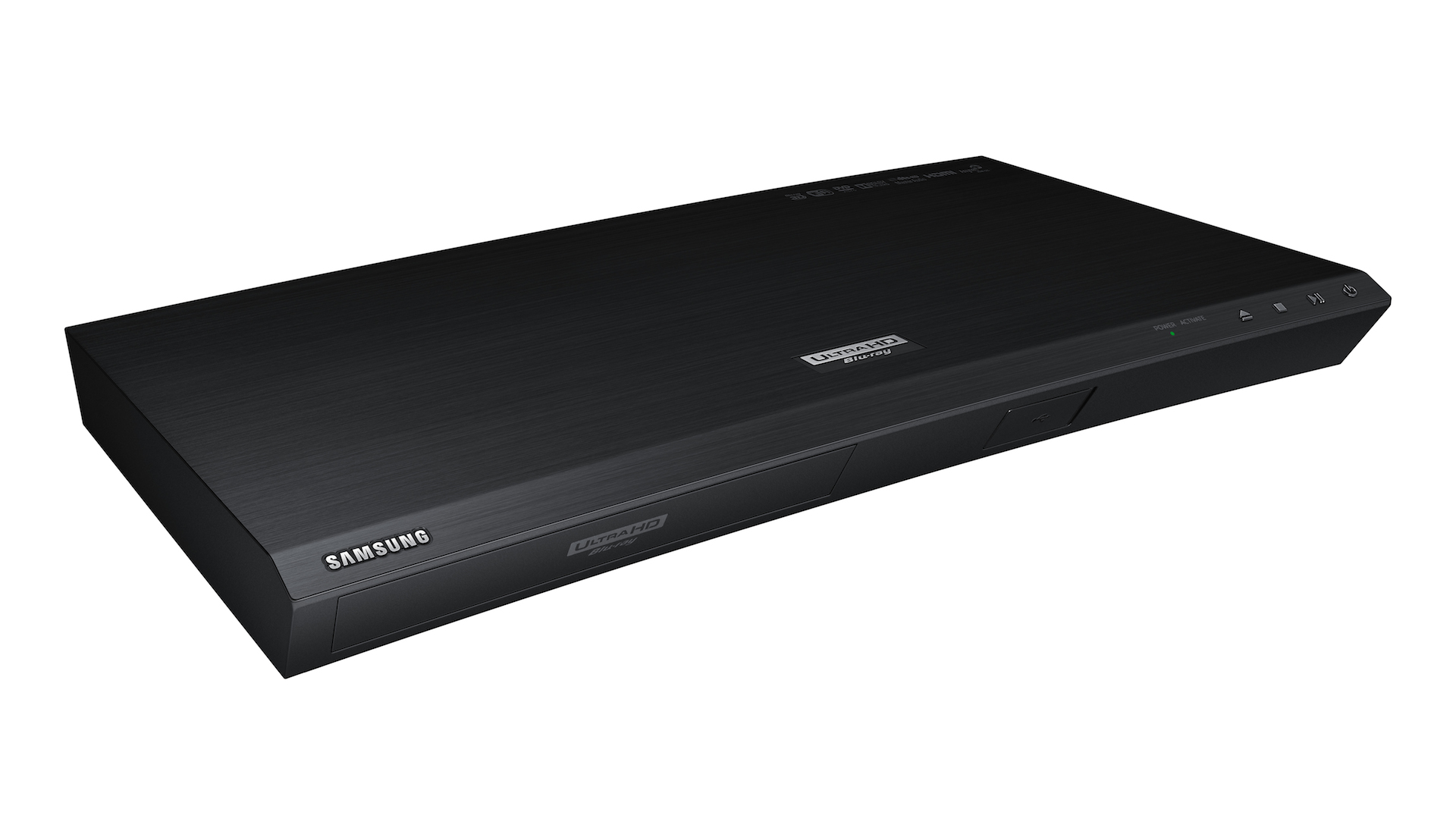
The short answer is it depends on what you're planning to watch.
The fact is we've gone from 4K drought to UHD saturation. Every major TV territory now offers some level of UHD coverage, while streaming outfits like Netflix, Amazon and Vudu (to name but three) are steadily building up their on-demand 4K libraries.
If premium UHD picture quality is your dream, you can invest in a UHD Blu-ray player for as little as £250 with the Xbox One S. If you want a dedicated player, the Samsung UBD-K8500 can be yours for £350/$320US.
Sign up for breaking news, reviews, opinion, top tech deals, and more.
Gaming is also on course to be a 4K killer app, with the PS4 Pro offering a (variable) selection of 4K-ish (it's complicated) games, and Project Scorpio waiting in the wings.
So do you need 4K? Absolutely! It's a no-brainer. However there is a link between screen size and perceivable detail. Our advice is buy large (55-inch upwards) and sit close to really appreciate the benefits of 2160p resolution. A cheapo sub-50inch 4K TV will offer few clarity benefits, unless you use it as a PC monitor!
HDR (High Dynamic Range)
The newest acronym in the TV world is also one of the most interesting. Simply put, HDR delivers brighter peak white highlights and more colors to an HDR capable display than vanilla-flavoured SDR (Standard Dynamic Range) TV content. HDR content watched on an HDR screen can look spectacular! And unlike 4K resolution, you don't need to sit close to appreciate the difference.
But not all HDR sets are created equal.
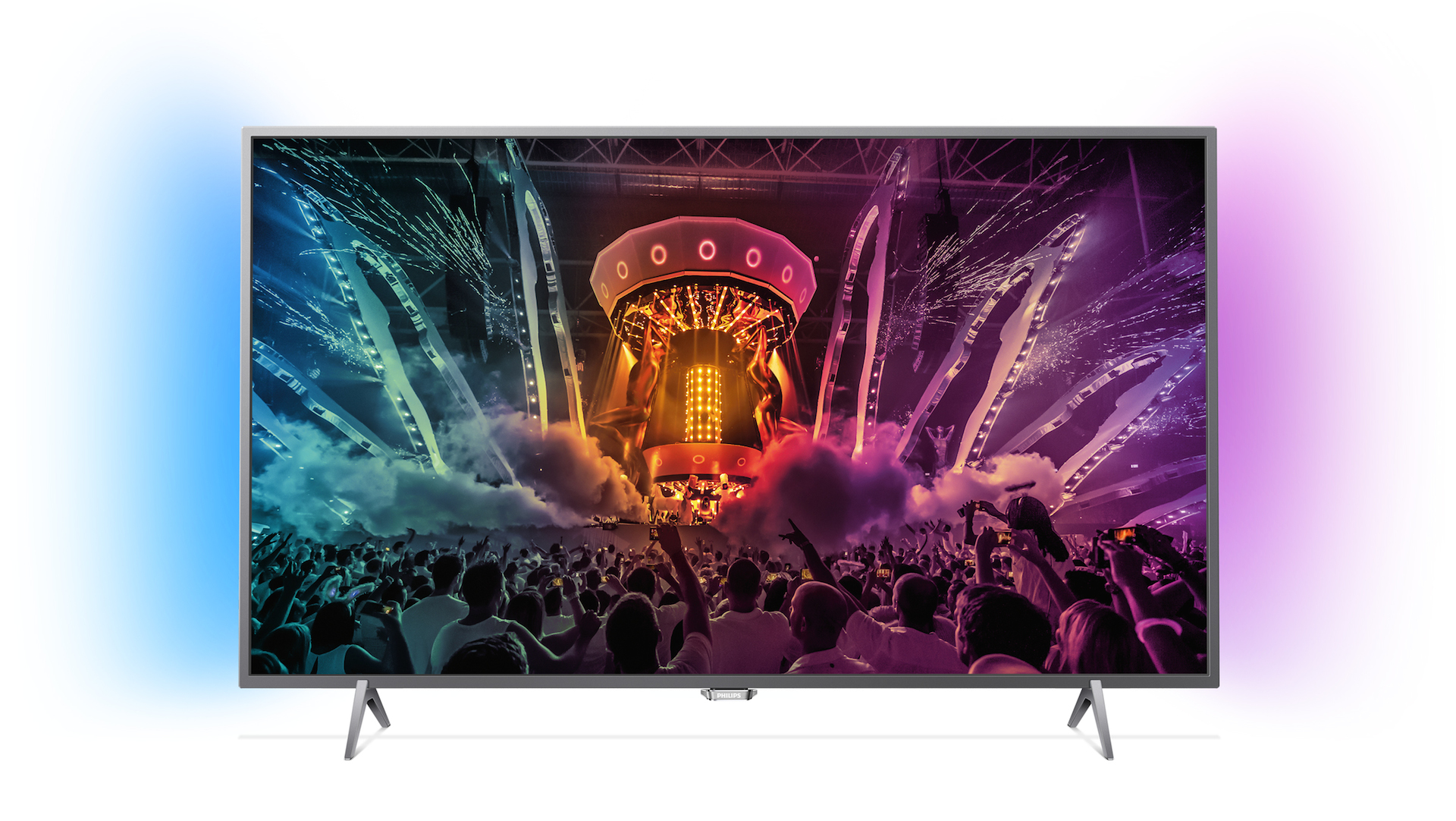
A low cost 4K set, which typically has a peak brightness of between 350 -450nits may be labeled HDR compatible, but won't deliver the full J.J. Abrams Star Trek lens flare wince. For that you'll need a set rated in excess of 650nits.
To help buyers choose, there's an Ultra HD Premium certification badge which denotes high performance OLED and LCD screens. Unfortunately not all manufacturers use this, so you'll still have to do a bit of research (by reading our TV reviews, natch!).
So is an HDR TV worth buying? Yes, if only to stop those non-compatible nag screens which you'll see when playing HDR content into a standard dynamic range TV. Fork out for an expensive set though (consider the Panasonic TX-65DX902B, LG OLED65E6 or Samsung 65-inch KS7000) and the visual experience can be sensational.
Dolby Atmos 3D audio
Unlike regular surround, Dolby Atmos adds a height component to the sound mix. We've kinda been here before with Dolby Pro-Logic IIZ (it's OK, no one else remembers that one either), but what's different now is that Atmos is an object based sound system, which allows audio engineers to steer and direct sonic objects with enormous precision hither and thither.
Dolby Atmos sound systems typically start at 5.1.2 (the last number denoting how many height channels you can amplify) and go up to 7.1.4 (yes, that's eleven speakers plus a sub in your living room).
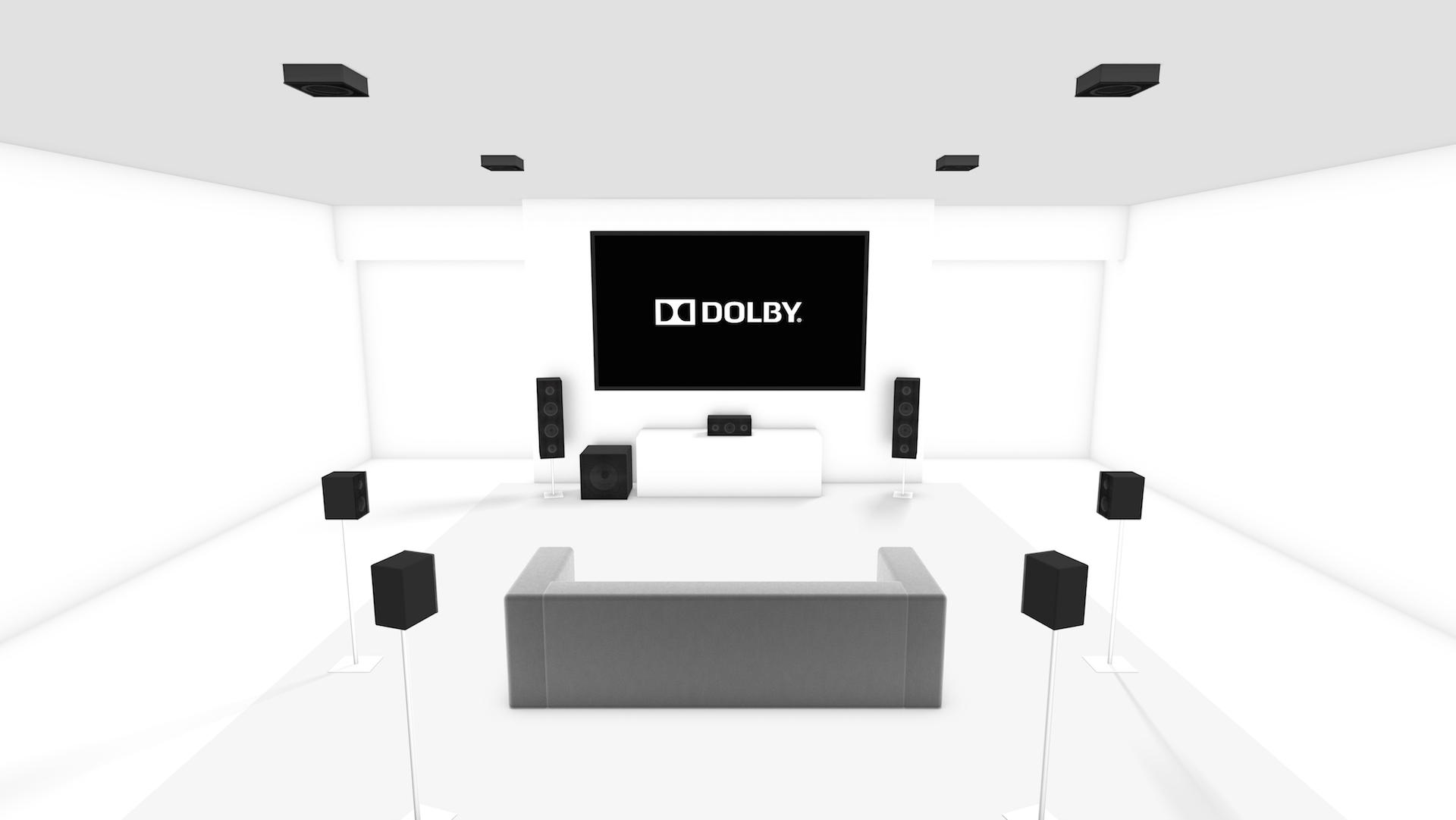
If you're a home cinema buff with a penchant for Blu-ray, Atmos is a big deal - the soundscape can literally engulf you. However if your movie consumption is more Netflix and Amazon Prime Instant Video, then there are scant benefits (beyond Dolby Surround upscaling) as neither currently encode using the format.
Similarly, premium pay TV services have also kept their distance. Atmos doesn't even have a role to play in the gaming arena (yet), although PC gamers can play Star Wars Battlefront in Dolby Atmos.
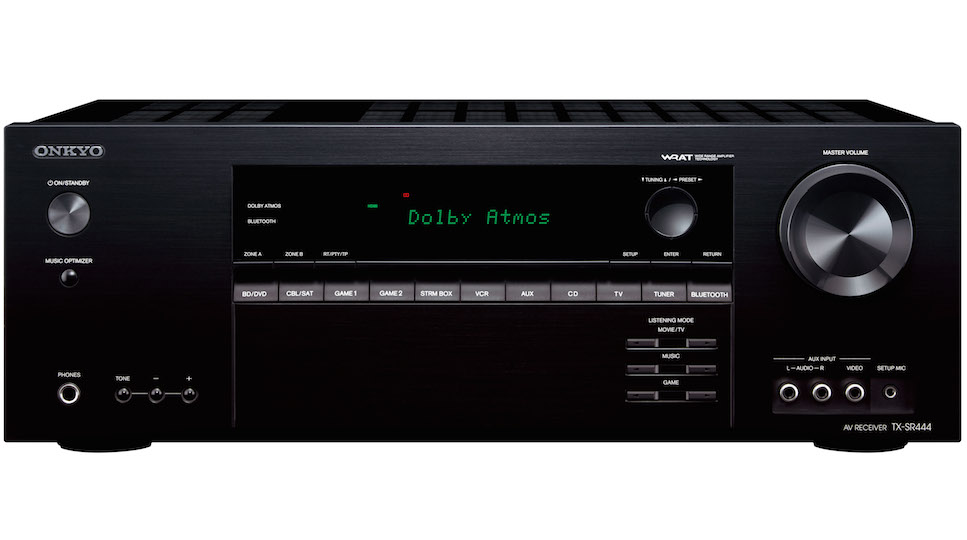
Dolby Atmos AV receivers start from just £250 (the Onkyo TX-SR444), and rise to more than £2,000 for 11 channel monsters like the Denon AVR-X7200. There are also soundbars from Samsung, Yamaha and Philips, but these are best thought of as Atmos-lite.
Ultimately then, Dolby Atmos is only an upgrade for Blu-ray home cinema aficionados – and even then it's debatable whether smaller systems (5.1.2) sound any more involving than a regular seven channel surround layout.
High-Res Audio
Don't think of High-Res Audio as a new music format or codec. It's more an umbrella term for any audio better than 16bit/44.1kHz CD. Typically this means 24-bit 96/192kHz. There are various flavours of High Res Audio available, from FLAC to DSD. Whether it's worth buying into them largely depends on the way you listen to your tunes.
It goes without saying that if you can't hear the difference between regular Spotify and a meticulously engineered DSD download, or more likely just don't care enough about any differences, just move on. There's no point on splashing out on pricey High Res Audio kit.

Similarly, if most of your listening is done when commuting, even with really fine Bluetooth cans like Sony's MDR-1000X, you're not going to experience much of a quality bump.
But if you hanker after a headphone amp on your desktop, or want to invest in a two channel system for the living room, High-Res Audio could well be your next big obsession.
Once bitten by the bug, you'll soon be scouring the likes of HDTracks, Onkyo Music, Technics Tracks and Qobuz for 24-bit Studio Masters. And if physical media is still your thing, look out for releases in the Blu-ray Audio format (which normally contain 24-bit Flac or 24bit/96khz LPCM).

Steve has been writing about AV and home cinema since the dawn of time, or more accurately, since the glory days of VHS and Betamax. He has strong opinions on the latest TV technology, Hi-Fi and Blu-ray/media players, and likes nothing better than to crank up his ludicrously powerful home theatre system to binge-watch TV shows.